The Land Rover Discovery Sport starts from £32,430 and extends up to £51,895 without options. We reviewed the plug-in hybrid P300e and found it to be practical and spacious, albeit pricey and inefficient.
When it comes to audio, the manufacturer offers a few configurations: a six-speaker 180-Watt setup, a 12-speaker 400-Watt Meridian Sound System or a 15-speaker 650-Watt Meridian Surround Sound System. The 12-speaker setup costs an additional £630, excluding if you opt for the R-Dynamic HSE trim. The 15-speaker system costs an additional £1,260, excluding the aforementioned trims which cost £630. On review is the stock six-speaker configuration.
Click here to watch the full Land Rover Discovery Sport P300e review
Land Rover Discovery Sport audio setup
To tinker with the vehicle’s audio settings, one has to navigate to the ‘Audio’ tab on the 10″ infotainment system. Here, you’ll find a two-band equaliser, below are our optimal settings:
- Treble: -2
- Bass: -3
- Balance & Fader: Centre
Unfortunately, there are no dedicated mid- and high-frequency adjustments, which means the Treble EQ alters both bands.
To connect up to the vehicle’s audio system using your smartphone, you can opt for a wireless connection over Bluetooth where the SBC and AAC codecs are supported only, or opt for higher-fidelity playback by using a wired USB connection instead. Here, both Android Auto and Apple CarPlay are supported through the infotainment system – wireless connectivity to these operating systems is not supported, unlike the Range Rover Evoque.
As for media controls, there are the onscreen touch controls, a volume wheel by the centre console and smartly laid out physical buttons and a scroll wheel on the steering wheel.
Read next: Volvo XC40 audio review: A 13-speaker Harman Kardon system
Land Rover Discovery Sport audio performance
For a demo of the Discovery Sport’s audio system head on over to our YouTube channel.
When it comes to its audio configuration, the stock 180-Watt six-speaker system houses 165mm woofers in each of the four doors and a 25mm tweeter in the mirror triangles. The 400-Watt Meridian Sound System has twelve speakers, where there’s a midrange centre speaker in the dashboard, woofer and tweeters within each of the four doors, a midrange speaker within the front doors, and a subwoofer under the driver’s seat. The 650-Watt Meridian Surround Sound System adds an additional tweeter in the dashboard and two surround speakers within the rear parcel shelf, taking the tally up to fifteen.
In the stock system, it’s immediately apparent that there is a cut-off in the sub-bass frequencies; without that subwoofer, the four woofer drivers have their work cut out and as such, low-end frequencies are cut short. Compared to the likes of the Volvo XC40 Recharge Twin Pro and Kia Soul EV, for example, the Discovery Sport’s sub-bass reproduction is disappointing.
The mid-bass, however, is very much present – there’s plenty of quantity. One might want to even reduce the Bass EQ through the infotainment system, in order to get a more balanced sound; we feel the default configuration is a bit too hearty for most music genres, but of course, that’s all subjective. As for the mid-bass quality, it does lack a bit of finesse in Wale’s single, ‘On Chill’ whereby the baseline is a bit wobbly.
Our disappointment with the stock audio system doesn’t stop there, as the mids are quite pushed back and recessed. The omission of an independent mid- and high-frequency EQ means that one can’t tweak the former without having sibilant highs. Indeed, any additions to the Treble settings alters both the mids and highs, where the top-end provides enough zing in its default configuration, namely at the front of the cabin.
Read next: The best dash cams to mount inside your vehicle
As for its soundstage, the lack of additional drivers around the cabin does hinder the system’s overall width and depth; it’s not as airy as one might have hoped and surprisingly is a downgrade from its sibling, the Evoque that shares the same audio configuration. Instrument separation also takes a knock-on effect and results in a somewhat unidirectional sound reproduction.
Finally, onto cabin noise, the Discovery Sport isn’t as well-versed in suppressing exterior noise – tyre noise creeps into the cabin, and at a standstill, there’s even a little audible whine. Using a sound meter we recorded, 35-36 dBA at a standstill (42 dBA with the whine); 54-56 dBA, while driving at 20-30mph; 60-62 dBA, while driving at 40mph; and 72-74 dBA when at 70mph. As for when the windows are brought down, the level increases by roughly 12 dBA.
Read next: BMW iX3 audio review: The Harman Kardon sound
TotallyEV’s verdict on the Land Rover Discovery Sport’s audio system
On the whole, the stock 180-Watt audio system of the Discovery Sport is a disappointment, namely for a vehicle that costs upwards of £32,430, or in the case of the P300e, north of £48,185.
Find the best Land Rover Discovery Sport deals
There are many areas Land Rover could have improved on, but that might explain the automaker’s decision to team up with British audio manufacturer, Meridian. Suffice to say, if you’re looking for a bettered audio experience you’ll want to fork out on the upgrade.
Meridian system or not, we still feel Land Rover could have provided its customers with a superior stock audio configuration. Of course, these are our subjective thoughts, so do let us know in the comments section below or via social media what you make of the audio system; we’re on: YouTube, Instagram, Facebook, Twitter and LinkedIn.

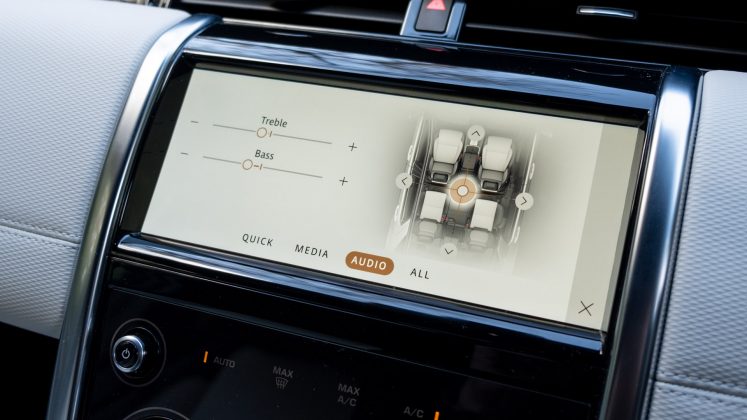
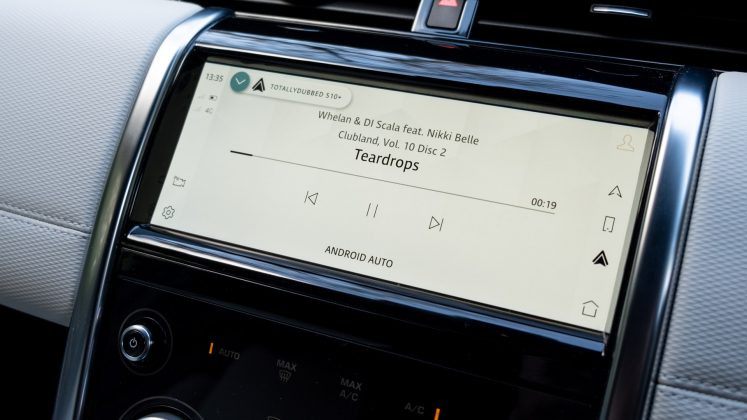
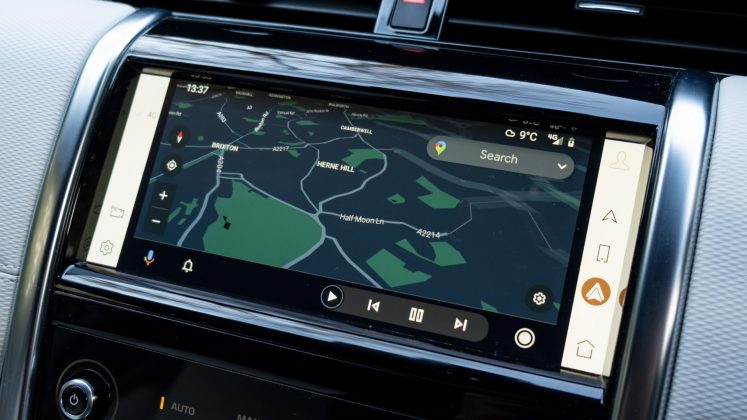
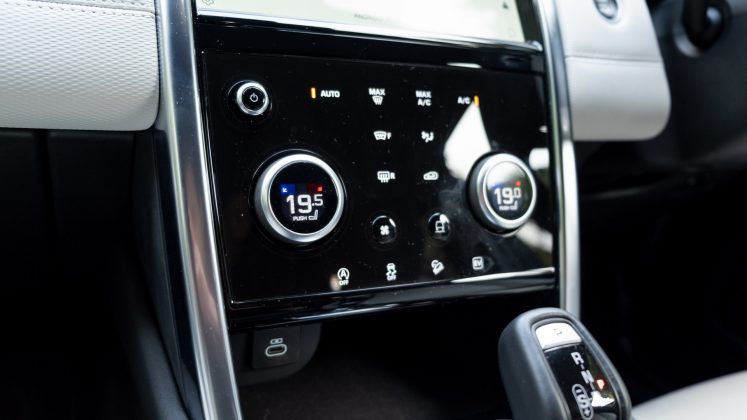
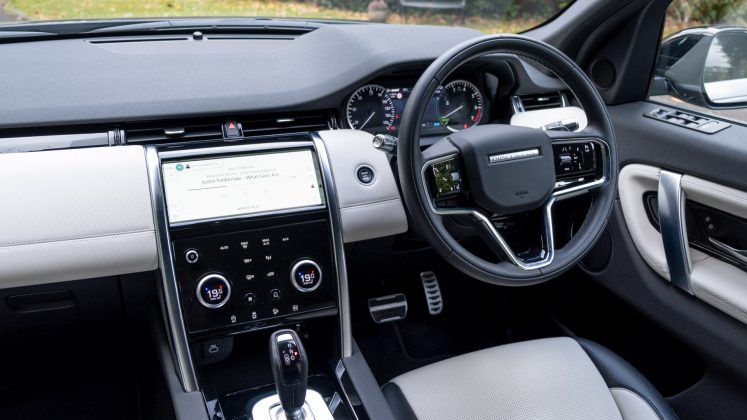
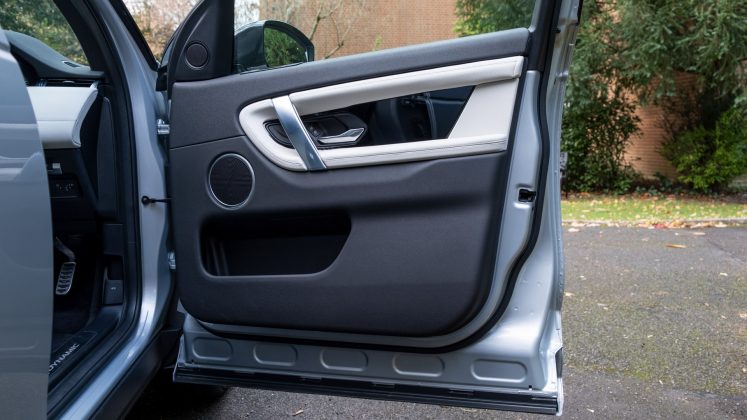
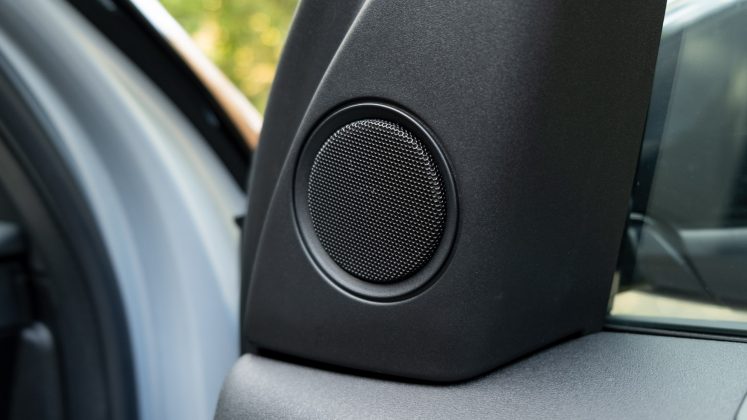
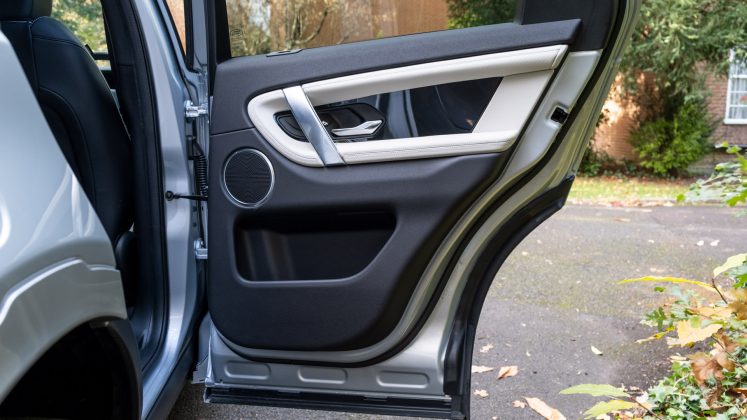
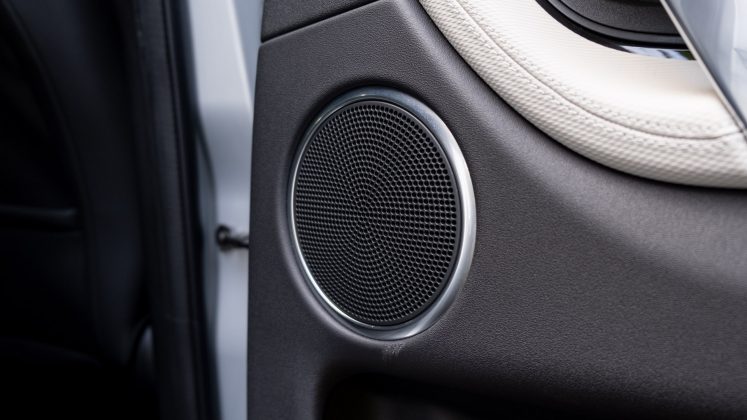
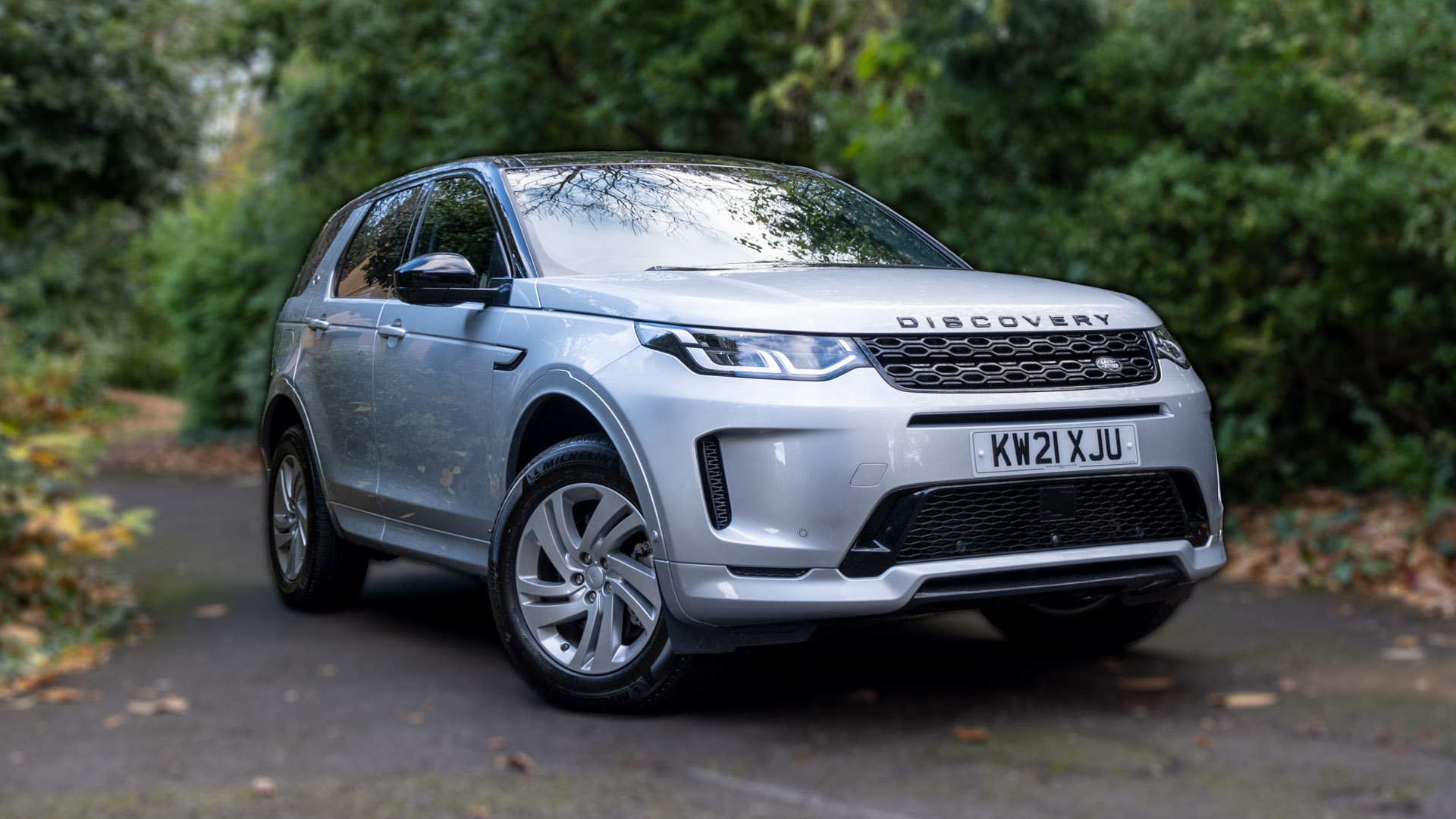




Hello, Did you do the same exercise with the Range Rover Sport basic sound system?
Hi there!
We’ve not yet had the Range Rover Sport in for review, but if we do, we’ll be sure to do an audio review of the system too!